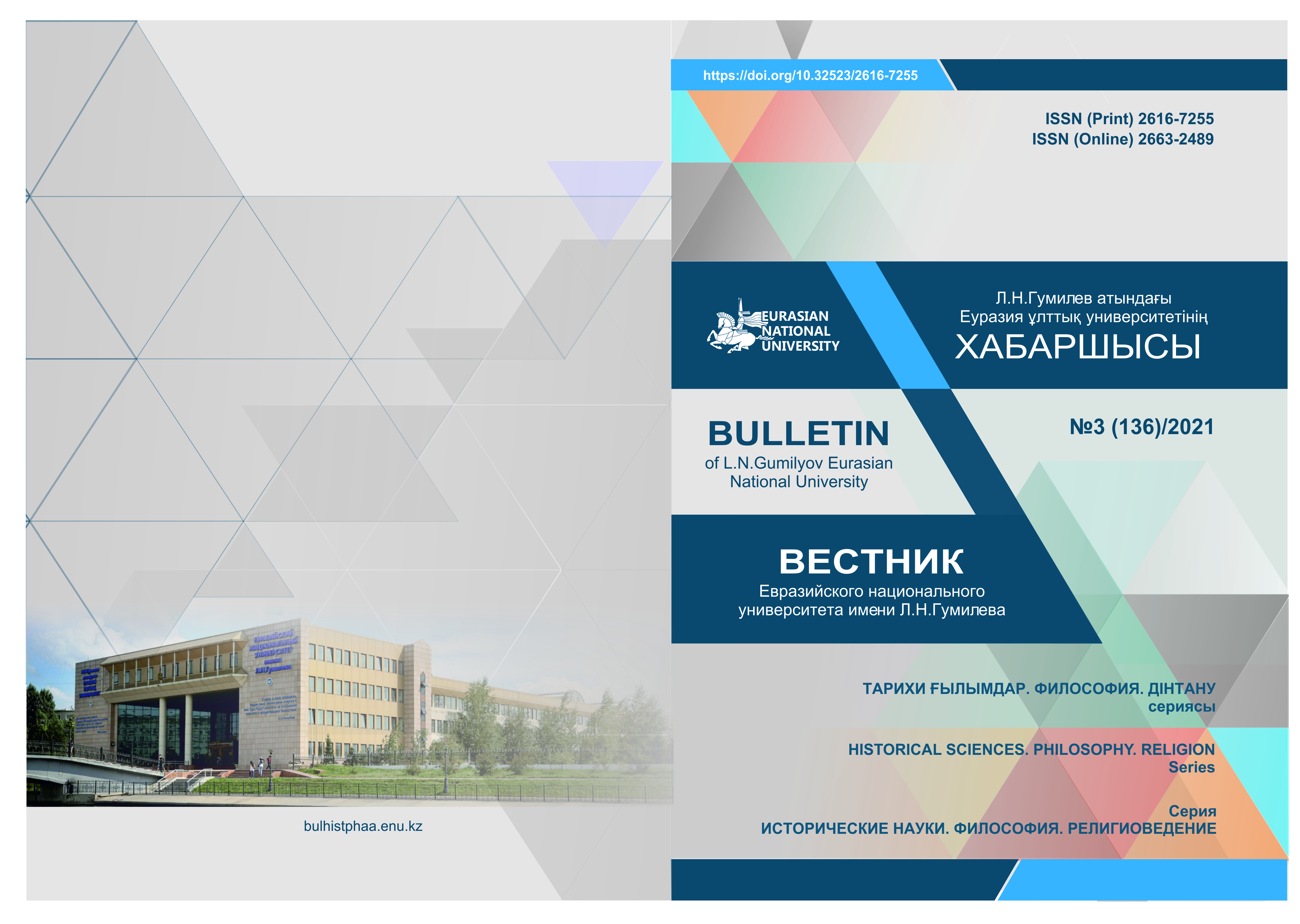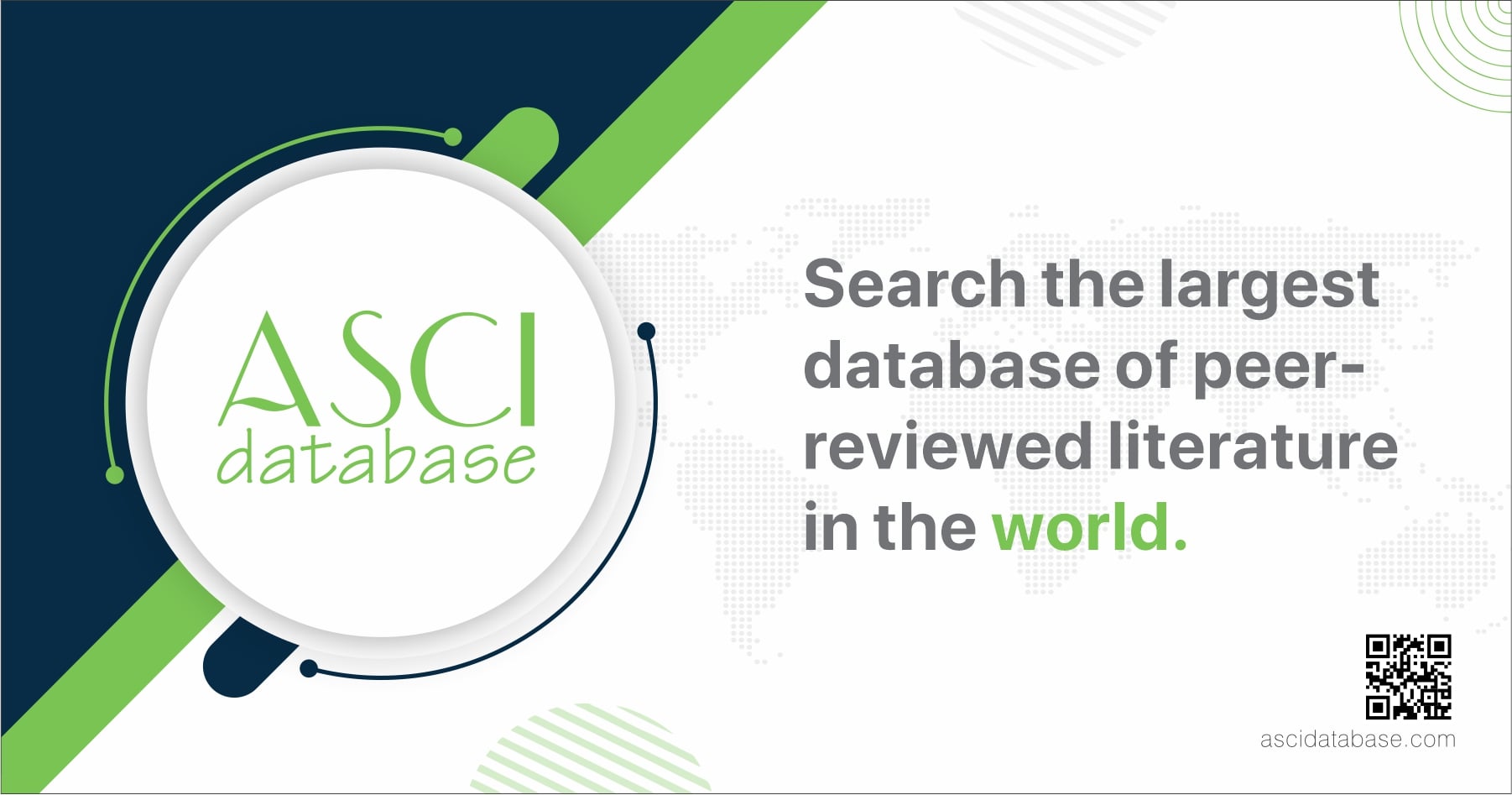Janasozdik: codifying an inclusive Kazakh slang
Views: 209 / PDF downloads: 167
DOI:
https://doi.org/10.32523/2616-7255-2021-136-3-147-159Keywords:
language; slang; Kazakh language; Russian language; social media; Kazakhstan; bilingualism; language policy; translanguaging; heteroglossia.Abstract
This article performs an interdisciplinary analysis of the contemporary issues of the Kazakh language, a Turkic language whose history extends to the ancient Turkic era. There are many factors affecting language development, among them socio-cultural, political, and economic ones. Today, however, social networks are of great importance as a medium of communication – as well as, of course, of language development and change. This paper seeks to illuminate the greater significance of the janasozdik Instagram page in its quest to both codify and create a body of Kazakh slang that reflects the bilingual reality of most of the country’s citizens. Rather than casting blame on those who mix Russian and Kazakh (and perhaps English) within a single Kazakh utterance, janasozdik encourages its followers – who are also its primary contributors – to do so. In this way, the page challenges notions of Kazakh linguistic purity and encourages greater participation in processes of Kazakhization, which have historically marginalized Russophones. Notably, I introduce the concepts of translanguaging and heteroglossia at the end of the article in order to posit that janasozdik occupies an important space in a bilingual country, i.e. providing vocabulary that its citizens do not yet have, but need both of the languages present in their daily lives to describe. In this work, I will take a decidedly multidisciplinary approach to my analysis of janasozdik: rather than examining it as a purely sociological or linguistic phenomenon, I will place the Instagram page in the context of Kazakhstan’s political situation, linguo-historical development, and uniquely Kazakh cultural context. Hopefully, this diverse analysis will shed greater light than a traditional single-subject analysis, allowing for a more nuanced discussion of janasozdik’s influence on Kazakhstan, Kazakhs, and Kazakh-speaking society.
Downloads

Downloads
Published
Issue
Section
License
Copyright (c) 2021 L. Eisenberg

This work is licensed under a Creative Commons Attribution-NonCommercial 4.0 International License.







